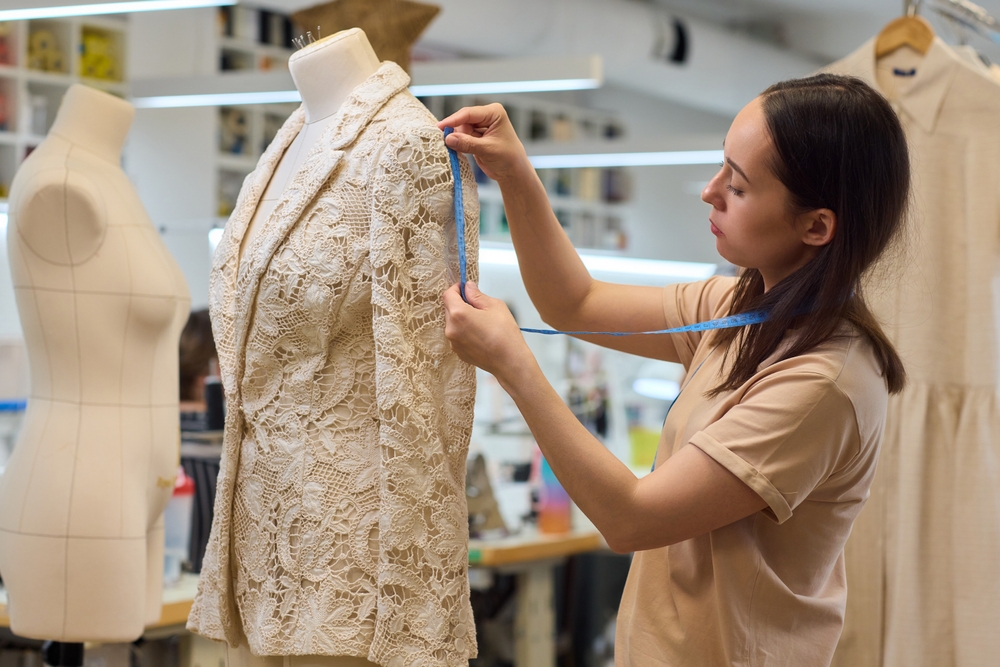Exploring Different Types of Dresses and How They Are Made
Dresses come in many shapes, styles, and fabrics. This article explains how different dresses are designed, the materials used, and the ways people choose styles for comfort and style. Learn how dresses are made and what makes each type unique for everyday wear and special occasions.

What Are the Different Types of Dresses Available
The world of dress styles encompasses numerous categories, each serving distinct purposes and aesthetic preferences. A-line dresses feature a fitted bodice that gradually widens toward the hem, creating a flattering silhouette for most body types. Sheath dresses offer a more form-fitting design that follows the body’s natural curves, making them popular choices for professional settings. Maxi dresses extend to the ankles or floor, providing elegant coverage for formal occasions or comfortable wear during warmer months.
Wrap dresses feature a front closure created by wrapping one side across the other and tying at the waist, offering adjustable fit and timeless appeal. Shift dresses hang straight down from the shoulders without a defined waistline, creating a relaxed and comfortable silhouette. Empire waist dresses feature a raised waistline positioned just below the bust, creating an elongated appearance that works well for various body types.
How Are Dresses Made in Modern Manufacturing
The dress manufacturing process begins with pattern creation, where designers develop templates based on specific measurements and style requirements. These patterns serve as blueprints for cutting fabric pieces that will eventually form the complete garment. Pattern makers use computer-aided design software to ensure accuracy and consistency across different sizes.
Fabric cutting represents the next crucial step, where skilled technicians use the patterns to cut material pieces with precision. Modern facilities often employ automated cutting systems that can simultaneously cut multiple layers of fabric, improving efficiency while maintaining accuracy. Quality control measures during this phase help ensure that each piece meets specified dimensions and standards.
The construction phase involves assembling the cut pieces through various sewing techniques. Seamstresses and tailors use industrial sewing machines to join fabric pieces, insert zippers or buttons, and add finishing touches like hems and seams. Quality checkpoints throughout the construction process help identify and address any issues before the dress reaches completion.
Dress Styles Guide for Different Occasions
Selecting appropriate dress styles requires understanding the relationship between design elements and intended use. Cocktail dresses typically feature knee-length hemlines and sophisticated details suitable for semi-formal events. These dresses often incorporate elements like lace, beading, or unique necklines that add visual interest without being overly elaborate.
Casual day dresses prioritize comfort and versatility, often featuring breathable fabrics and relaxed fits that allow for easy movement. These styles frequently include practical elements like pockets, adjustable straps, or machine-washable materials that accommodate active lifestyles.
Formal evening dresses emphasize elegance and drama through longer hemlines, luxurious fabrics, and intricate construction details. These garments may include features like built-in support systems, elaborate embellishments, or complex draping that requires advanced sewing techniques.
Fabrics Used in Dresses and Their Properties
Fabric selection significantly impacts both the appearance and functionality of finished dresses. Cotton remains a popular choice for casual styles due to its breathability, durability, and ease of care. Cotton blends often combine natural fibers with synthetic materials to enhance properties like wrinkle resistance or stretch.
Silk offers luxury and elegance for formal dresses, providing natural drape and lustrous appearance that enhances sophisticated designs. However, silk requires more careful handling during both manufacturing and care, making it less suitable for everyday wear.
Synthetic fabrics like polyester and nylon provide cost-effective alternatives that can mimic natural fiber properties while offering enhanced durability and easy maintenance. Modern synthetic blends often incorporate moisture-wicking or stretch properties that improve comfort and fit.
Wool and wool blends work well for cooler weather dresses, providing insulation while maintaining structure and shape. These materials often require specialized handling during manufacturing to prevent shrinkage or distortion.
Choosing the Right Dress for Your Needs
Selecting appropriate dresses involves considering multiple factors including body type, lifestyle requirements, and personal style preferences. Understanding how different silhouettes interact with various body shapes helps ensure flattering fit and appearance. For example, A-line styles work well for pear-shaped figures, while empire waists can complement apple-shaped bodies.
Lifestyle considerations include frequency of wear, care requirements, and versatility across different occasions. Investment pieces should offer durability and timeless appeal, while trendy styles may prioritize current fashion elements over long-term wearability.
Budget considerations also play important roles in dress selection. Higher-quality garments typically feature better construction techniques, superior fabrics, and more attention to finishing details, but may require larger initial investments. Understanding the relationship between price and quality helps consumers make informed decisions based on their specific needs and preferences.
The diverse world of dress styles and manufacturing processes reflects centuries of fashion evolution and technical advancement. Whether seeking casual comfort or formal elegance, understanding these elements helps consumers appreciate the craftsmanship involved in creating these versatile garments while making more informed purchasing decisions that align with their individual needs and preferences.




